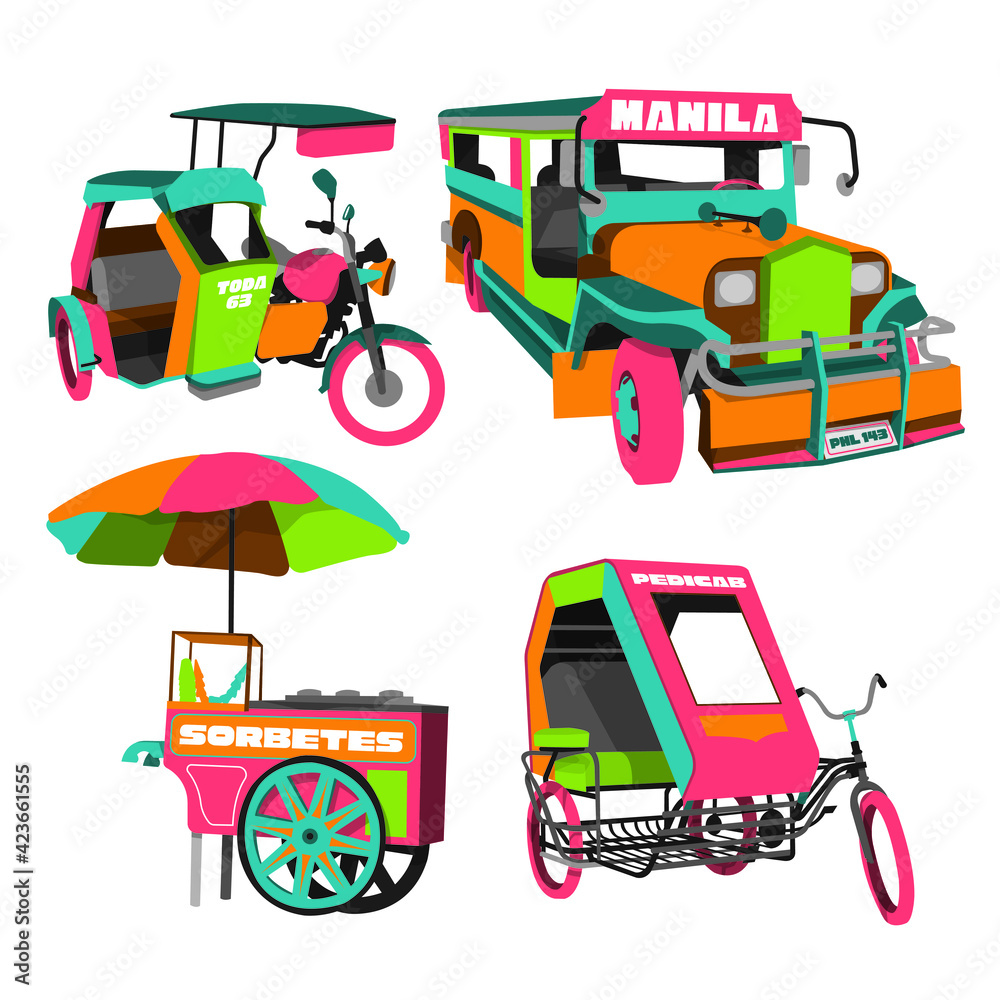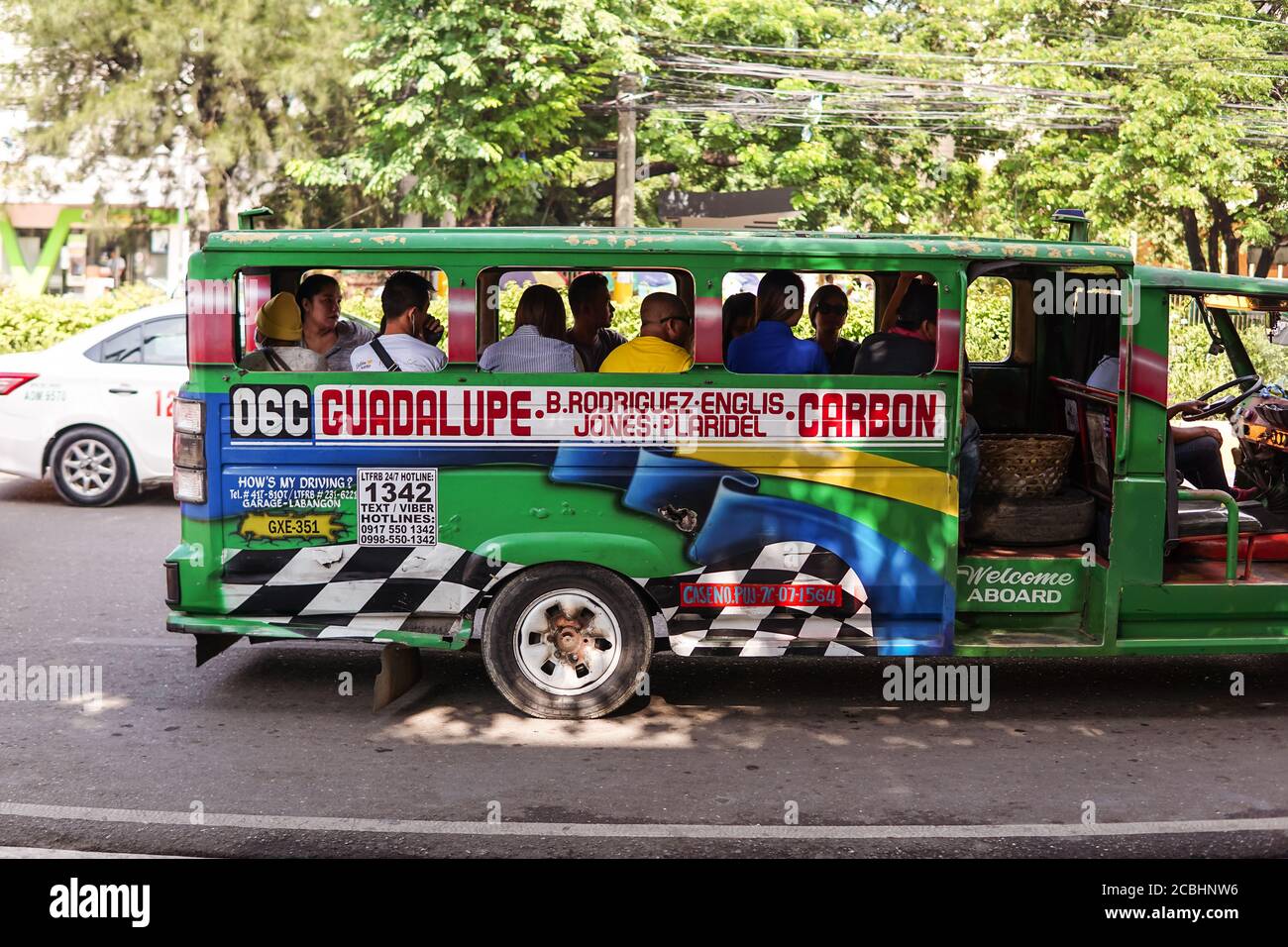Top Benefits of Transit Advertising Philippines for Businesses
Top Benefits of Transit Advertising Philippines for Businesses
Blog Article
Exploring the Influence and Efficiency of Transportation Advertising in Urban Marketing Strategies
Transit advertising has actually come to be a significant part of urban advertising and marketing methods, maximizing the one-of-a-kind characteristics of public transport atmospheres. Its capacity to reach a varied and wide target market presents brand names with an opportunity to develop significant connections via regular exposure. Nonetheless, with the fast evolution of technology and shifting customer actions, the landscape of transportation advertising and marketing is undergoing significant adjustments that warrant closer exam. What implications do these patterns hold for online marketers looking for to harness the complete possibility of this tool?
The Surge of Transit Marketing
As metropolitan populations remain to swell, the demand for innovative advertising services has led to the rise of transportation advertising and marketing as a crucial part of metropolitan advertising techniques. This form of advertising leverages public transport systems-- such as trains, metros, and buses-- to reach a diverse target market in densely populated locations. The performance of transportation advertising lies in its capacity to engage consumers throughout their everyday commutes, a typically neglected yet crucial time for brand name messaging.
With cities coming to be progressively congested, typical marketing spaces are coming to be scarce and much less efficient. Transit advertising supplies a dynamic choice, allowing brand names to showcase their messages in high-traffic locations where prospective consumers are constantly exposed to the advertisements. Additionally, as metropolitan residents significantly depend on mass transit, the relevance and presence of transit advertising and marketing have expanded significantly.
Additionally, technological innovations have boosted the sophistication of transit advertising and marketing, enabling electronic displays and interactive projects that can capture consumer interest better than static advertisements. Because of this, transportation advertising is not only an economical alternative however additionally a necessary technique for brand names seeking to get in touch with city consumers in a unforgettable and impactful fashion.
Trick Advantages of Transportation Advertising And Marketing
The effectiveness of transit advertising is underscored by its multifaceted benefits, making it an indispensable device for metropolitan marketing experts. Among the key benefits is its considerable reach; transportation systems offer countless travelers daily, allowing brands to get in touch with a varied target market in high-traffic settings. This exposure improves brand awareness, ensuring that advertisements are seen repeatedly by travelers.

Additionally, transportation marketing is cost-efficient contrasted to various other media, supplying a reduced cost per impact while maintaining high presence. The flexibility of advertisement formats, from bus covers to digital display screens, allows for imaginative and impactful projects that can adapt to altering market needs.
Consumer Actions Insights
A considerable section of consumer habits is affected by the pervasive nature of transportation advertising and marketing in metropolitan environments. This form of marketing captures the interest of varied demographics, involving consumers during their day-to-day commutes. As individuals navigate busy cityscapes, they encounter transit advertisements in numerous formats, including bus covers, subway posters, and digital displays. The critical placement of these ads maximizes exposure, therefore enhancing brand recall.
Research study suggests that transportation advertising and marketing can stimulate psychological feedbacks, leading to enhanced brand affinity. Consumers frequently connect the experience of commuting with certain brands, producing an enduring perception that affects investing in choices. In addition, the regularity of direct exposure to transit advertisements fosters experience, which is an essential element in customer trust fund and loyalty.

Additionally, the common facet of public transport adds to this phenomenon; as people share rooms, they are most likely to talk about and suggest brand names they run into. Thus, transportation marketing not just reaches customers however likewise stimulates social communications that strengthen brand messaging. Understanding these behavior understandings allows marketers to customize their methods efficiently, guaranteeing that their projects resonate with target audiences in the metropolitan landscape.
Situation Researches and Success Stories
Effective implementation of transportation marketing strategies is exhibited through numerous study that highlight its efficiency in city advertising. One notable instance is the collaboration in between a popular beverage firm and a major city's public transportation system. The campaign used bus covers and interior posters, leading to a 30% rise in brand acknowledgment and a 15% rise in sales within the target market over three months.
One more effective case included a neighborhood restaurant chain that used train station marketing to bring in commuters. By producing aesthetically striking advertisements that provided timed promos, the dining establishment experienced an uptick in foot website traffic, with an outstanding 25% rise in lunch hour customers.
Furthermore, a city's tourism board released a transportation campaign showcasing regional destinations via bus stop screens and train advertisements. The initiative resulted in a considerable increase in visitor gos to, as reported by a 40% boost in questions at site visitor facilities.
These case research studies highlight the versatility and possibility of transportation advertising and marketing to engage urban audiences efficiently, demonstrating that calculated positionings can generate substantial returns on investment and enhance brand visibility in busy metropolitan atmospheres. - Transit Advertising Philippines
Future Patterns en route Marketing
As city landscapes continue to evolve, so also does the world of transit advertising and marketing, which is positioned to accept innovative modern technologies and methods. One considerable trend is the assimilation of digital advertising displays into public transportation systems.
One more emerging fad is using increased reality (AR) and more online truth (VR) experiences within transportation marketing. These immersive innovations can captivate travelers, transforming ordinary journeys right into interactive brand name experiences. In addition, sustainability is coming to be significantly essential; eco-friendly advertising and marketing materials and methods are likely to get grip, showing the expanding consumer demand for company social obligation.
Last but not least, the rise of mobile connectivity will certainly facilitate higher integration between transit advertising and individual tools. Advertisers can produce smooth cross-channel experiences, allowing for instant communication and engagement with prospective consumers. Jointly, these trends suggest a transformative future for transportation advertising, providing brand-new methods for brand names to get in touch with metropolitan target markets.
Verdict
Transit advertising has developed itself as a substantial part of urban marketing techniques, showing significant performance via enhanced brand visibility and consumer interaction. The capability to adjust messages to details demographics, coupled with the innovative use of technology, positions transit advertising as a driving force in contemporary marketing go to these guys (Transit Advertising Philippines). As urban environments continue to develop, the future of transit advertising promises further developments, ensuring its relevance and impact fit customer assumptions and actions in metropolitan landscapes
As metropolitan populations continue to swell, the demand for innovative marketing services has led to the rise of transit marketing as an essential element of city marketing techniques.A significant portion of customer habits is influenced by the pervasive nature of transportation marketing in urban environments. Jointly, these patterns indicate a transformative future for transportation marketing, providing brand-new official source opportunities for brands to attach with metropolitan audiences.
Transportation marketing has developed itself as a significant part of metropolitan marketing approaches, demonstrating substantial performance via enhanced brand name visibility and customer engagement. As city atmospheres proceed to develop, the future of transportation marketing promises additional advancements, guaranteeing its relevance and effect in forming consumer assumptions and habits in city landscapes.
Report this page